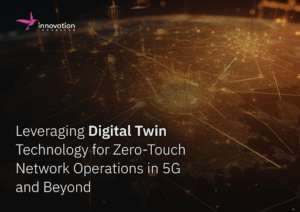| TECHNOLOGY | ROLE |
| IoT Sensors | Feed real-time data from physical network components. |
| AI/ML Algorithms | Predict, learn, and recommend autonomous actions. |
| Edge Computing | Supports local data processing for low-latency decisions. |
| Cloud Infrastructure | Hosts the digital twin simulations and orchestration engines. |
| Orchestration Platforms (e.g., ONAP) | Automates provisioning, healing, and scaling actions. |
| Data Lakes / Real-Time Streaming (e.g., Kafka) | Enable high-speed data flows between physical and digital layers. |
